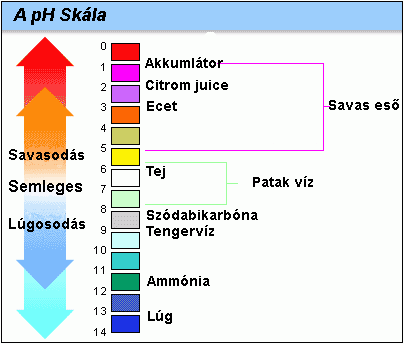Aging factor 3: Oxidation
Oxidation is the basic process of life. This process helps
create necessary energy for exchange organs to help us sustain life. Every cell
in your body should be provided with a certain amount of oxygen and nutrients
to operate normally. However, oxidation also brings the risk such as the apple
typically turns into brown when it is placed in the air, so oxidation can also
result in damaged cells and toxin releasing, leading to wrinkles, reducing
muscles and energy. Oxidation reacts strongly with chemicals and always tries
to coordinate with other molecules with free radicals. To work well, they will
steal electrons from other compounds, which makes these compounds become free
radicals and the electron stealing process continues. This repeated process
creates oxidative pressure that gradually destroys cells.

Oxidation
Treatment tips
Absorb colorful foods containing more antioxidants such as
vitamins C and E, simultaneously helping free radicals in molecules to be
balanced. Studies indicate that potatoes with red or purple peel include twice
antioxidants than light peel. Evidences also conclude that antioxidant activity
will help the body run smoothly, protect you from oxidative pressure or cell
injury, and it’s important to conserve energy regardless at what age you are.
Colorful foods should
be absorbed
Green, dark green: kale, spinach, celery, zucchini, kiwi
Yellow or orange: lemon, carrot, sweet potato, yellow
squash, apricot
Red: tomato, watermelon, red beans
Gold brown: wheat germ, nut, seed, vegetable oil
Blue or purple: eggplant, beet, raspberry, blueberry, fig,
grape
Dark red or black: cocoa bean, tea, chocolate
Herbs (parsley, lily and mint) and oils (coconut, flowers,
hyacinth)
Aging factor 4: Acidification
One of the main functions of the body is balancing between
acid and alkali concentrations. All cells will work better with mild alkali
concentration, in the pH range about 7.2 – 7.4 (PH 7.00 is neutral). It is a
good environment for the absorption of nutrients from plants along with
vitamins and minerals from outside to strengthen bones, help kidney and liver
detoxify more effectively and avoid degenerative diseases. With the ideal
alkaline level, your body will be younger, more energy, muscular, tough and you
will have smooth skin, shiny hair and bright eyes. However, how can you
maintain the right level of alkaline level? The answer is diet – the major
factor in balancing alkaline and acid level. We tend to eat more acidic foods
such as fish, meat, grain, cheese, egg, sugar, wine, coffee,…If we absorb more
acid, our body will have more wrinkles, dry skin, thin and broken nails along
with weak hair. Also, because the effect of acid, calcium and magnesium is lost
from the bones, bones are weakened and have the risk of osteoporosis.
However, there is a difference between acidic and alkaline
foods. For example, lemon juice is acidic food but it has effect in the body as
a citrate alkali in metabolism, similar to citrus fruits.

Acidification
Treatment tips
Absorbing more alkaline foods in the diet will help you
neutralize the acidity. Alkaline foods such as vegetables, fruits, legumes are
healthy foods which are rich in vitamins, minerals, amino acid, enzymes, immune
enzyme and plant nutrients. You should eat 80% of alkaline foods and 20% of
acidic foods to avoid acidification, and then keep this rate stable with
concentration rate at 70%/30%. You should avoid originally acidic foods such as
hard cheese, meat, animal fat and eat foods that can be converted into protein
such as vegetables, legumes and yogurt instead. Another potential alkaline
source that you can exploit is carrot, cauliflower, apple, olive, rye, coconut,
hazelnut, peach, pepper, ginger, soy milk and sesame oil.
In addition, you need to regularly check the acidity of your
body by running a PH test or using litmus paper to test on urine for few
seconds in the early morning. Compare the color of litmus paper to check with
the table. The PH of the urine can be in the “high acid” (4.5) to the “alkali”
(8) area but the ideal PH is between 6.4 and 6.8. If the urine contains much
acid (less than 6), try to balance the acidity and alkalinity of the body with
a healthy diet.